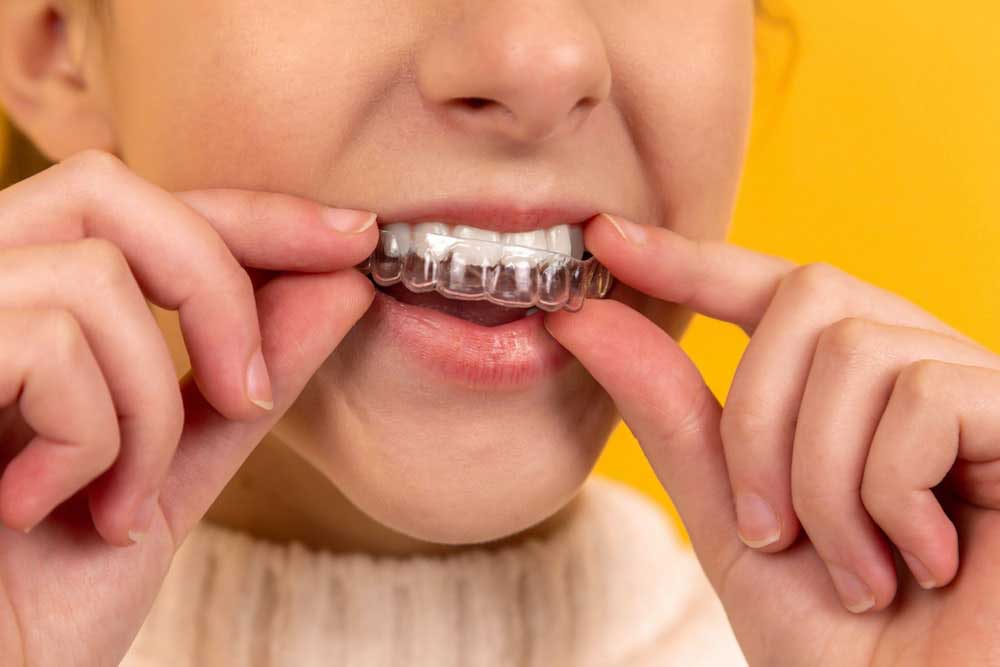Orthodontics, a specialized branch of dentistry, plays a crucial role in diagnosing, preventing, and treating dental and facial irregularities. Primarily focusing on aligning teeth, correcting bites, and enhancing overall dental health, orthodontics has the power to significantly improve both the functionality and aesthetics of a person’s smile. This article delves into the importance, benefits, and various treatments within the field of orthodontics.
The Importance of Orthodontics
Orthodontics is not merely about straightening teeth for cosmetic purposes. Properly aligned teeth and jaws are essential for several reasons:
- Improved Oral Health: Crooked or misaligned teeth can be challenging to clean properly, leading to a higher risk of tooth decay and gum disease.
- Better Functionality: Correcting bite issues ensures that teeth function properly, reducing strain on the jaw muscles and joints.
- Enhanced Speech: Misaligned teeth can affect speech patterns, causing difficulties in pronunciation and articulation.
- Boosted Self-Esteem: A straight, attractive smile can significantly enhance a person’s confidence and self-esteem.
Common Orthodontic Issues
Orthodontists treat a variety of dental and facial irregularities, including:
- Crowded Teeth: When there isn’t enough space in the jaw for all the teeth to fit properly.
- Overbite: When the upper front teeth protrude over the lower front teeth.
- Underbite: When the lower front teeth are positioned further forward than the upper front teeth.
- Crossbite: When some of the upper teeth sit inside the lower teeth rather than outside.
- Open Bite: When there is a gap between the upper and lower front teeth when the mouth is closed.
- Spacing: Gaps or spaces between teeth, often due to missing teeth or natural spacing issues.
Orthodontic Treatments
Advancements in orthodontic treatments have provided patients with a variety of options to achieve a healthy and beautiful smile. Some of the most common treatments include:
- Traditional Braces: Metal braces, consisting of brackets and wires, are the most common and effective method for correcting a wide range of orthodontic issues. Modern braces are more comfortable and aesthetically appealing than those from previous decades.
- Ceramic Braces: Similar to traditional braces but with tooth-colored or clear brackets that are less noticeable.
- Lingual Braces: Placed on the inside surface of the teeth, lingual braces are hidden from view, making them a discreet option for straightening teeth.
- Invisalign: Clear aligners are custom-made, removable, and nearly invisible. They offer a convenient and aesthetic alternative to traditional braces, especially for mild to moderate orthodontic issues.
- Retainers: Often used after braces or aligners, retainers maintain the new position of teeth and prevent them from shifting back to their original place.
- Palatal Expanders: Devices used to widen the upper jaw, creating more space for teeth to align properly.
The Orthodontic Process
Undergoing orthodontic treatment typically involves several stages:
- Consultation: The first step involves a comprehensive examination, including x-rays, photographs, and dental impressions to assess the patient’s needs.
- Treatment Planning: Based on the diagnosis, the orthodontist creates a personalized treatment plan outlining the best approach to correct the dental issues.
- Fitting Appliances: Depending on the treatment plan, braces, aligners, or other appliances are fitted. Regular adjustments are made throughout the treatment period.
- Monitoring Progress: Regular check-ups ensure the treatment is progressing as planned, and any necessary adjustments are made.
- Retention: After the main treatment phase, retainers are used to maintain the results and prevent relapse.
The Benefits of Orthodontic Treatment
Orthodontic treatment offers numerous benefits that go beyond just an improved smile:
- Better Oral Hygiene: Straight teeth are easier to clean, reducing the risk of cavities and gum disease.
- Enhanced Chewing and Digestion: Properly aligned teeth improve the ability to chew food effectively, aiding in better digestion.
- Reduced Risk of Dental Injury: Correcting protruding teeth reduces the likelihood of injury during sports or accidents.
- Long-Term Oral Health: Addressing alignment and bite issues can prevent excessive wear and tear on teeth, reducing the risk of future dental problems.
Conclusion
Orthodontics is a transformative field that not only enhances the appearance of a smile but also significantly improves oral health and overall well-being. With a range of modern treatment options available, achieving a beautiful, functional smile has never been more accessible. Whether dealing with crowded teeth, bite issues, or spacing problems, orthodontic treatment offers a path to a healthier, more confident you.


